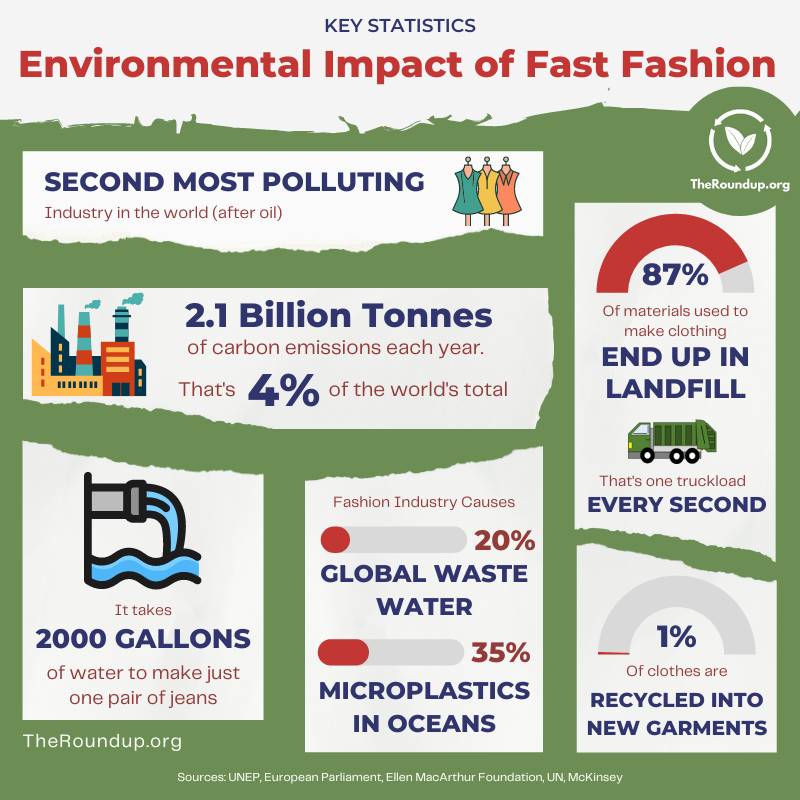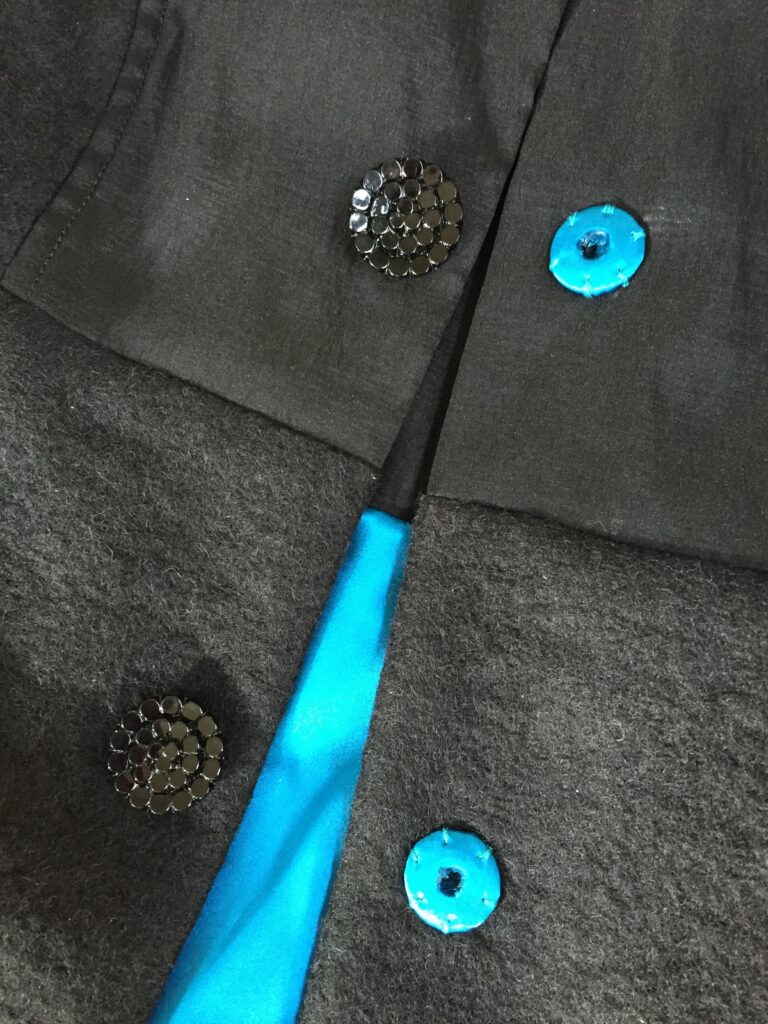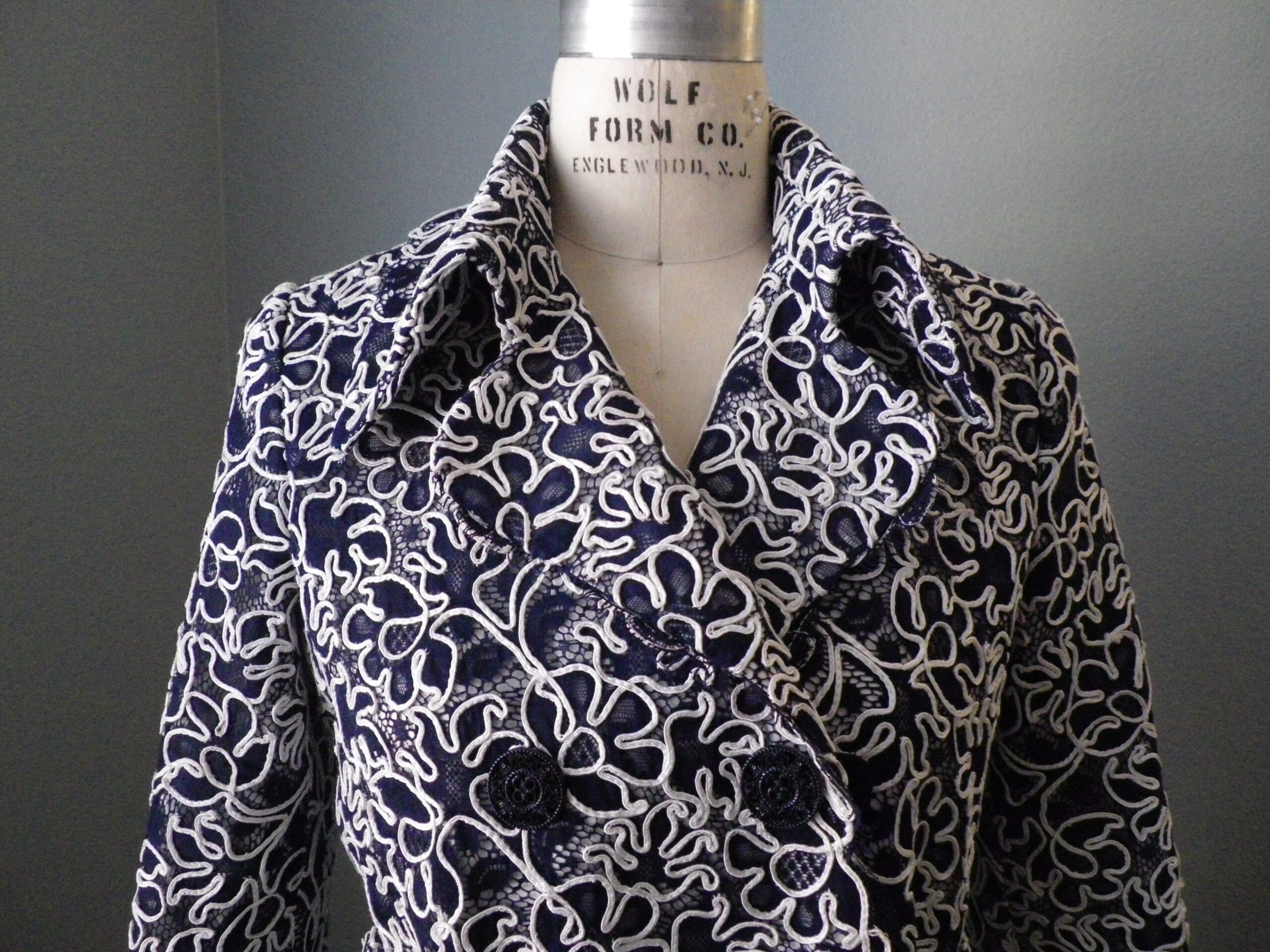I admit it. I’ve always loved clothing and fashion, shopping, and especially a good bargain. Over the years, I’ve accumulated bins full of clothes — both bought and handmade — that are stacked in my closet. Nordstrom Anniversary Sales, Cos sales, Britex fabric remnant bins, and closeout yarn sales have all contributed to my oversized wardrobe.
But what’s really ridiculous is that most of those clothes were only worn a few times. So most remained unworn and forgotten, and some were eventually donated (where they may be resold, recycled, shipped overseas, or dumped in a landfill).
I’m sure I’m not alone in having contributed to the $13 trillion global clothing industry in this way. Despite growing consumer awareness of sustainability issues, the phenomenon of buying more clothes than can be worn and cycling through them more quickly continues, with manufacturers chasing “cheaper and faster” and consumers responding by viewing clothing as disposable items that only last for a few wears. The resulting negative environmental and social impacts are undeniable.

Image from here.
Be a More Conscious Clothing Consumer
As a designer and consumer, I’m making a conscious effort to be more thoughtful about what I buy, make, and wear. I don’t want to keep supporting mass clothing manufacturing and the pricing pressures that reward low labor costs, cheap materials, and subpar quality. The intentional harm done to the environment is unacceptable. While I can’t change my past behavior, I can make meaningful choices from now on.
Increasing the average number of times clothes are worn is the most direct lever to capture value and design out waste and pollution in the textiles system. Designing and producing clothes of higher quality and providing access to them via new business models would help shift the perception of clothing from being a disposable item to being a durable product.
A New Textiles Economy: Redesigning Fashion’s Future
1. Everyday luxury: Buy pieces you truly love
Consider buying the things you can’t get out of your mind — the pieces that you imagine yourself wearing in multiple ways and on repeat. These pieces are usually the cornerstones that help define your personal style.
One of my all-time fave purchases was an everyday luxury piece — a black merino wool knit cape with a ruffled hem. At that time, nearly 30 years ago, the price was prohibitive on my small budget, but I bought it anyway because I loved it so much. Turns out it was a great investment because decades later, I still wear it!
2. Look for quality
Clothes that are made well will be durable and cherished because, despite many wears, they will still look good. Quality pieces have even stitches, secure buttons, no hanging threads, no puckers, and are finished on the inside (no frayed seams). They will have zippers that zip up smoothly; buttons that look substantial and match up with the buttonholes; sleeve lengths, hemlines, and collar points that are even; and other details that show the garment was made with care.

3. Think handmade style: Scrutinize for fit and know what flatters you
Clothing that fits well — that look like they were handmade for you — will make you look fabulous and feel confident. You will reach for these pieces again and again because of how they make you feel about yourself.
4. Be mindful of how clothes are manufactured
Unlike clothes that are handmade, mass-produced clothes have significant negative environmental and social consequences. The video below uses the example of a simple cotton t-shirt to illustrate these consequences.
5. Pay attention to what manufacturers disclose
Are they transparent about their production processes, how their materials are sourced, and any certifications? This information can generally be found on manufacturers’ websites.
I included some information about the fabrics and fibers I use here.
6. Read the labels and care for your clothes
See where the piece was made, what it was made from (fabric type), and how to care for it. Knowing how to clean and store each piece properly can keep it looking its best for longer.
7. Remake, restyle, or mend your wardrobe
Do a deep dive of your closet to see if any pieces can be worn in a new way, remade into a different style, or mended. Replace a self-tie belt with a leather one to change the look of a coat. Replace buttons on a blazer with something new. Work with a tailor or artisan to remake quality pieces in your closet: add embroidery or sashiko stitches to repair holes and transform the look of jeans or a sweater or turn a maxi skirt into a mini or jeans into shorts. So many options!

Leave a Reply